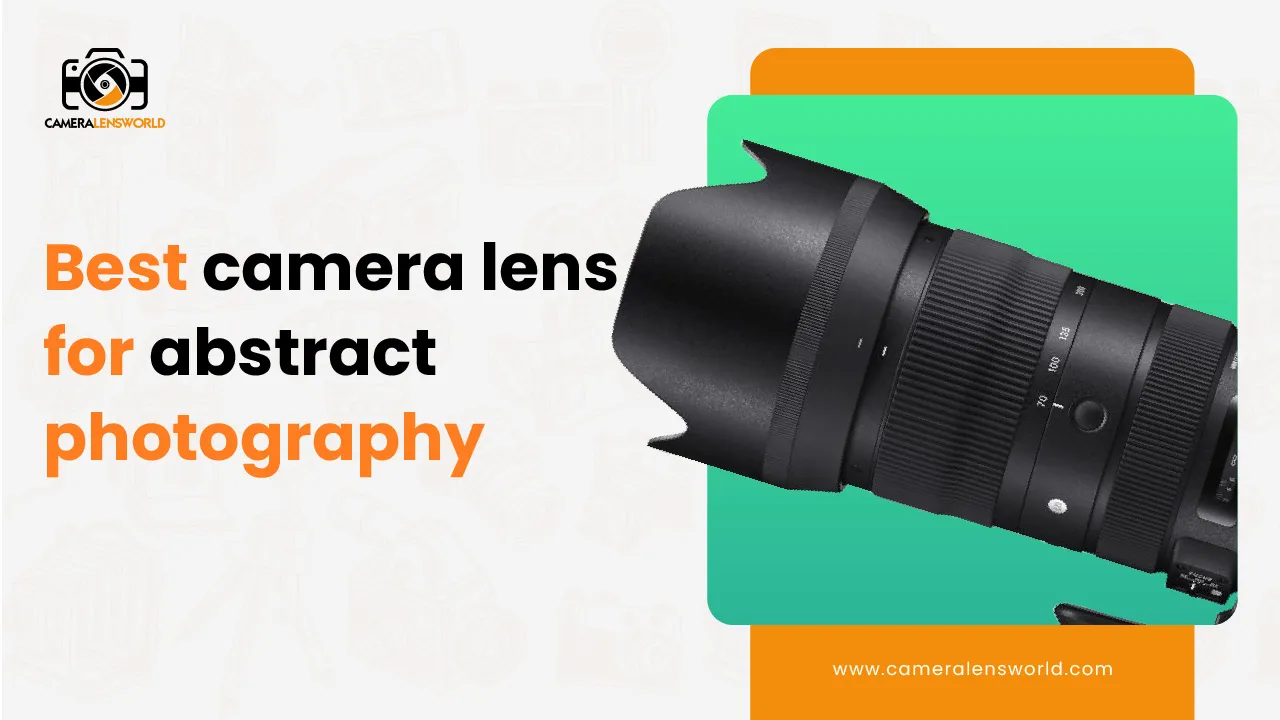
Have you ever been intrigued by the magic of abstract images? As a passionate photography enthusiast, my extensive research has led me to discover the best camera lenses for abstract photography. I’ve dedicated significant time to research and exploration. The world of abstract photography is a captivating one, where the ordinary transforms into the extraordinary through the lens.
If you’re new to photography, check out my Beginner’s guide for buying camera lenses. It’s packed with valuable information to help you make the right choice.
List of best Camera Lens for Abstract photography [Quick Overview]
Now, let’s take a closer look and thoroughly discuss the best camera lens for abstract photography.
- Nikon AF-S Micro-Nikkor 105mm f/2.8G IF-ED VR
- Sony FE 90mm f/2.8 Macro G OSS
- Canon EF 50mm f/1.8 STM
- Nikon AF-S NIKKOR 35mm f/1.8G ED
- Sony E 50mm f/1.8 OSS
- Panasonic LUMIX G II 100-300MM
- Olympus M.Zuiko ED 40-150mm F4.0
- Sigma 70-200mm f2.8
- Sony SEL85F18 85mm F/1.8-22
Best camera lens for abstract photography [ Detailed Analysis]
1-Nikon AF-S Micro-Nikkor 105mm f/2.8G IF-ED VR
- The Nikon AF-S Micro-Nikkor 105mm f/2.8G IF-ED VR is a telephoto lens with a focal length of 105mm.
- It has a maximum aperture of f/2.8 and a minimum aperture of f/32.
- It can reach 1:1 magnification, and the filter diameter is 62mm.
| Brand | Nikon. |
| Type | Telephoto lens. |
| Lens format coverage | Full Frame (FX). |
| Compatible Mounting | Nikon F. |
| Angle of view | 23°20′ (FX-format) |
| Image Stabilization | Yes, Vibration Reduction (VR) II technology. |
| No.of diaphragm blades | 9 blades. |
| Lens construction | 14 elements in 12 groups. |
| Minimum focus distance | 31.4 cm. |
| Weight | N/A |
| Adjustment | Compact, silent wave autofocus motor with full-time manual override |
| Durability | Robust construction for long-lasting use |
| Chromatic Aberration | Robust construction for long-lasting use. |
Reasons to buy:
- Built with high-quality materials and construction
- Has Vibration Reduction (VR) image stabilization
- High-quality optics.
Reasons to avoid:
- The lens is bigger and heavier.
- The aperture sharpness drop-off is narrow
2-Sony FE 90mm f/2.8 Macro G OSS
- The Nikon AF-S Micro-Nikkor 105mm f/2.8G IF-ED VR is a telephoto lens with a focal length of 105mm.
- It has a maximum aperture of f/2.8 and a minimum aperture of f/22.
- The lens offers 1:1 magnification, and the filter diameter is 62mm.
| Brand | Sony. |
| Type | Macro prime lens. |
| Lens format coverage | Full frame. |
| Compatible Mounting | Sony E. |
| Angle of view | 35 mm at 27 degrees and APS-C at 17 degrees |
| Image Stabilization | Has Optical SteadyShot. |
| No.of diaphragm blades | 9 blades. |
| Lens construction | 15 elements in 11 groups. |
| Minimum focus distance | 0.25 m. |
| Weight | 602 g. |
| Adjustment | Autofocus & manual focus. For silent, precise focusing, uses Direct Drive SSM. |
| Durability | Has a solid build. |
| Chromatic Aberration | It effectively controls chromatic aberration, ensuring sharp, high-quality images. |
Reasons to buy:
- Optically superb, with excellent sharpness and color.
- Has Optical SteadyShot (OSS).
- Fast and silent autofocus.
Reasons to avoid:
- Relatively expensive.
- Flare resistance is average.
3-Canon EF 50mm f/1.8 STM
- The Canon EF 50mm f/1.8 STM is a standard lens with a 50mm focal length.
- It offers a maximum aperture of f/1.8 and a minimum f/22.
- The lens has a maximum magnification of 0.21x, and the filter diameter is 49mm.
| Brand | Canon. |
| Type | Standard. |
| Lens format coverage | Full frame. |
| Compatible Mounting . | Canon EF. |
| Angle of view | 46 degrees [diagnol]. |
| Image Stabilization | No image stabilization. |
| No.of diaphragm blades | 7 blades. |
| Lens construction | 6 elements in 5 groups |
| Minimum focus distance | 0.35 m. |
| Weight | 159 g. |
| Adjustment | Autofocus and manual focus capabilities. |
| Durability | Plastic body with a metal mount. |
| Chromatic Aberration | It can exhibit some chromatic aberration, but it’s generally well-controlled for its price range. |
Reasons to buy:
- Affordable.
- Lightweight and compact
- Smooth autofocus.
- Excellent image quality.
Reasons to avoid:
- No image stabilization.
- A little bit of fringe in the results.
4-Nikon AF-S NIKKOR 35mm f/1.8G ED
- The Nikon AF-S NIKKOR 35mm f/1.8G ED is a moderate wide-angle prime lens with a 35mm focal length.
- It features a wide maximum aperture of f/1.8 and minimum aperture of f/16.
- The lens has a maximum magnification of 0.16x, and the filter diameter is 49mm.
| Brand | Nikon. |
| Type | Moderate wide-angle prime. |
| Lens format coverage | Full frame. |
| Compatible Mounting | Nikon F (FX). |
| Angle of view | 63 degree. |
| Image Stabilization | No image stabilization. |
| No.of diaphragm blades | 7 blades. |
| Lens construction | 11 elements in 8 groups. |
| Minimum focus distance | 25 cm. |
| Weight | 200g. |
| Adjustment | An ultrasonic-type autofocus motor with full-time manual focusing. |
| Durability | Features a durable build with metal and plastic components. |
| Chromatic Aberration | Almost no visible chromatic aberration. However, the lens has some barrel distortion. |
Reasons to buy:
- Excellent image quality.
- Lightweight and compact design.
- Fast and accurate autofocus.
- Affordable price.
Reasons to avoid:
- No image stabilization.
- Relatively expensive.
5-Sony E 50mm f/1.8 OSS
- The Sony E 50mm f/1.8 OSS is a Short-telephoto prime lens and has a focal length of 50mm.
- The lens has a maximum aperture of f/1.8 and a minimum aperture of f/22.
- It has a magnification of 0.21x, and the filter diameter is 49mm.
| Brand | Sony. |
| Type | Short-telephoto prime lens. |
| Lens format coverage | Full frame. |
| Compatible Mounting | Sony E. |
| Angle of view | 32 degrees APS-C. |
| Image Stabilization | Optical SteadyShot image stabilization. |
| No.of diaphragm blades | 7 blades. |
| Lens construction | 9 elements in 8 groups. |
| Minimum focus distance | 0.39 m. |
| Weight | 202 g. |
| Adjustment | Autofocus. |
| Durability | The lens has a plastic body with a metal mount. |
| Chromatic Aberration | It effectively controls chromatic aberration, delivering sharp and clear images. |
Reasons to buy:
- Compact and lightweight design.
- Fast and accurate autofocus.
- Affordable price.
- Optical SteadyShot image stabilization.
Reasons to avoid:
- Build quality.
6-Panasonic LUMIX G II 100-300MM
- The Panasonic LUMIX G II 100-300MM has a focal length of 100-300mm
- The lens has a magnification of 0.25x.
- It has a maximum aperture of f/4-5.6, a minimum aperture of f/22, and a filter diameter is 76mm.
| Brand | Panasonic. |
| Type | Telephoto. |
| Lens format coverage | Full frame. |
| Compatible Mounting | Micro-four-thirds. |
| Diagonal angle of view | 12 degrees (Wide), 4.1 degrees (Tele) |
| Image Stabilization | Yes, Optical Image Stabilizer (OIS). |
| No.of diaphragm blades | 7 blades. |
| Lens construction | 17 elements in 12 groups (1 ED lens) |
| Minimum focus distance | 1.5 m. |
| Weight | 520 g. |
| Adjustment | Offers both autofocus and manual focus capabilities. |
| Durability | Support for adverse weather conditions has been greatly improved. Splashproof & Dustproof. |
| Chromatic Aberration | Exhibits minimal chromatic aberration in most cases. |
Reasons to buy:
- Sharp photographs, when utilized properly
- Excellent image stabilization
- weather sealed
- High build quality
Reasons to avoid:
- Soft images at the long end.
7. Olympus M.Zuiko ED 40-150mm F4.0
- The Olympus M.Zuiko ED 40-150mm F4.0 is a telephoto lens and has a focal length of 40-150mm.
- The lens has a maximum aperture of f/4.0 and a minimum aperture of f/22.
- It has a magnification of 0.16x, and the filter diameter is 76mm.
| Brand | Olympus. |
| Type | Telephoto lens. |
| Lens format coverage | Full frame. |
| Compatible Mounting | Micro-four-thirds. |
| Angle of view | 30 degrees wide, 8.2 degrees tele. |
| Image Stabilization | No image stabilization. |
| No.of diaphragm blades | 7 blades. |
| Lens construction | 19 elements in 14 groups
(2 aspherical lenses, 1 ED lens, 1 Super ED lens, and 2 HR lenses) |
| Minimum focus distance | 70 cm. |
| Weight | 382 g. |
| Adjustment | Offers both autofocus and manual focus capabilities. |
| Durability | The lens is weather-sealed, making it ideal for outdoor photography. |
| Chromatic Aberration | Effectively controls chromatic aberration. |
Reasons to buy:
- Compact and lightweight design
- Affordable price
- Good for telephoto shots.
- Fast and silent autofocus
- Weather-sealed
Reasons to avoid:
- Limited low-light performance.
8-Sigma 70-200mm f2.8
- The Sigma 70-200mm f2.8 is a telephoto lens and has a focal length of 70-200mm.
- The lens has a maximum aperture of f/2.8 and a minimum aperture of f/22.
- It has a magnification of 0.21x, and the filter diameter is 77mm.
| Brand | Sigma. |
| Type | Telephoto lens. |
| Lens format coverage | Full frame. |
| Compatible Mounting | Canon EF, Canon EF-S. |
| Angle of view | 34.3 degrees to 12.3 degrees. |
| Image Stabilization | Yes, Optical Stabilizer (OS). |
| No.of diaphragm blades | 11 blades. |
| Lens construction | 24 elements in 22 groups. |
| Minimum focus distance | 1.2 m. |
| Weight | 1805 g. |
| Adjustment | Offers both autofocus and manual focus capabilities. |
| Durability | Dust and splashproof structure. |
| Chromatic Aberration | Exhibits minimal chromatic aberration in most cases. |
Reasons to buy:
- Fast and constant maximum aperture of f/2.8.
- Good image quality.
- Fast and accurate autofocus.
- Effective image stabilization.
Reasons to avoid:
- Heavier and bulkier than some alternatives.
- Potential for chromatic aberration at wide apertures.
9-Sony SEL85F18 85mm F/1.8-22
- The Sony SEL85F18 85mm F/1.8-22 is a prime lens and has a focal length of 85mm.
- It has a maximum aperture of f/1.8 and a minimum aperture of f/22.
- The lens magnifies 0.13x, and the filter diameter is 67mm.
| Brand | Sony. |
| Type | Prime lens. |
| Lens format coverage | Full frame. |
| Compatible Mounting | Sony E-mount. |
| Angle of view | 29 degrees at 35mm and 19 degrees at APS-C. |
| Image Stabilization | No image stabilization. |
| No.of diaphragm blades | 7 blades. |
| Lens construction | 9 elements in 8 groups |
| Minimum focus distance | 80 cm. |
| Weight | 371 g. |
| Adjustment | Offers both autofocus and manual focus capabilities. |
| Durability | The lens is weather-sealed, making it ideal for outdoor photography. |
| Chromatic Aberration | Good resistance to chromatic aberration. However, observed when shooting wide open. |
Reasons to buy:
- Fast maximum aperture of f/1.8
- Good image quality
- Lightweight and compact design
- Optical SteadyShot image stabilization
- Ideal for portraits and low-light photography
Reasons to avoid:
- No image stabilization.
- Relatively pricey.
What to look for in the best camera lens for abstract photography
Dimensions
When searching for the best camera lens for abstract photography, consider the physical size and weight of the lens. A compact and lightweight lens can be advantageous for portability and ease of handling in various shooting conditions.
Autofocus
Look for a lens with fast and accurate autofocus capabilities. This ensures that you can quickly capture intricate details and fleeting moments, essential in the best camera lens for abstract photography.
Focal Length
The choice of focal length is crucial in the best lens for abstract photography. A prime lens with a fixed focal length, such as 50mm or 85mm, is often preferred for its versatility in capturing both broader scenes and intricate details.
Maximum Aperture
A wide maximum aperture, such as f/1.8 or f/2.8, is vital for achieving a shallow depth of field and excellent low-light performance. It allows you to isolate subjects and create captivating abstract compositions.
Full frame or APS-C
Consider whether the lens is designed for a full-frame or APS-C sensor camera. The compatibility with your camera’s sensor size affects the effective focal length and field of view, which can impact your abstract photography results.
Image Quality
Assess the lens’s image quality by examining factors like sharpness, color rendition, and distortion control. High-quality optics are essential for capturing the fine details and textures that make abstract photography captivating.
Best camera lens for abstract photography FAQs
What is the only way you can get better at abstract photography?
Transform everyday objects into artistic photos by experimenting with light and shadows,” Spannos advises. Improvement comes with practice and exploration, so invest time to craft your unique abstract art.
Does abstract art have a focal point?
In abstract compositions, the subordinate texture can become the center of attention. Additionally, color, with its inherent properties (value, saturation, and temperature), can effectively establish a focal point.
What is the most difficult aspect of taking abstract photos?
Abstract photography defies easy definition. It involves presenting a subject in a unique perspective, often stripping away its original meaning and reducing it to elements like shape, light, texture, or color, prompting viewers to see it differently.
What are the disadvantages of abstract art?
Abstract art can indeed pose a greater challenge for comprehension. It diverges from traditional visual art, often detached from reality, making it less accessible to many. The absence of an obvious subject matter in abstract pieces can sometimes leave viewers feeling uncomfortable or puzzled.
Conclusion
With all the information gathered, now it’s your turn to discover the best camera lens for abstract photography of your needs. Choose what suits you best, and start creating beautiful abstract art. Your ideal lens is out there waiting for you!
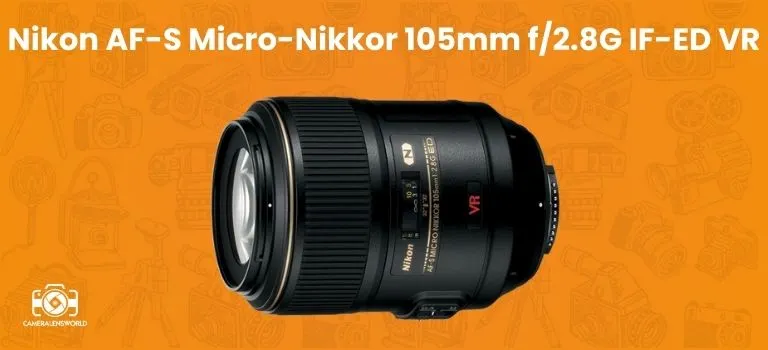
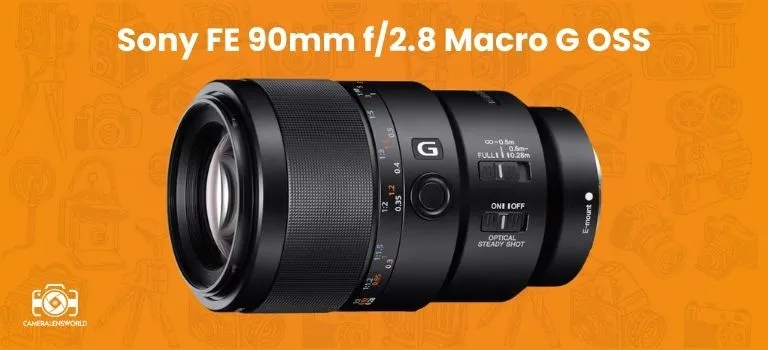

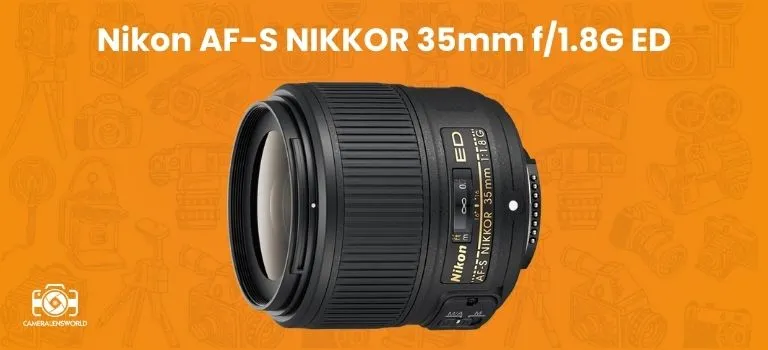
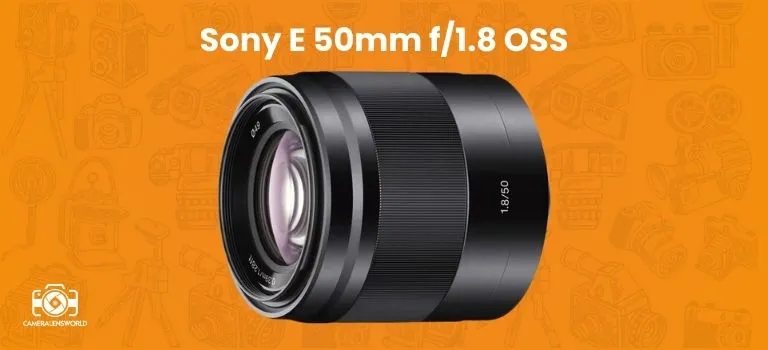
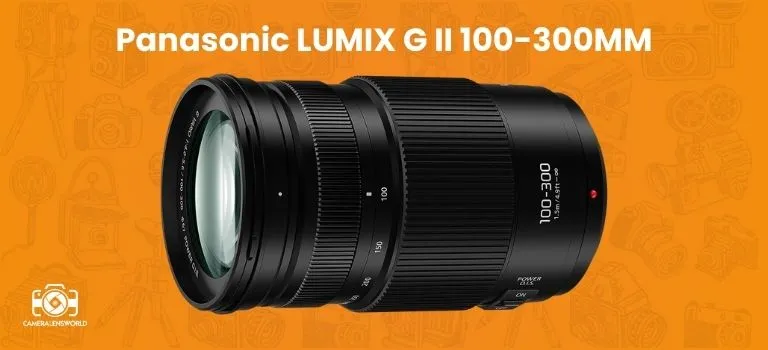
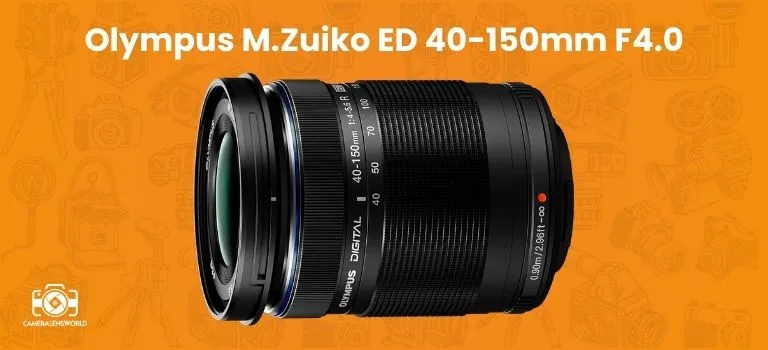

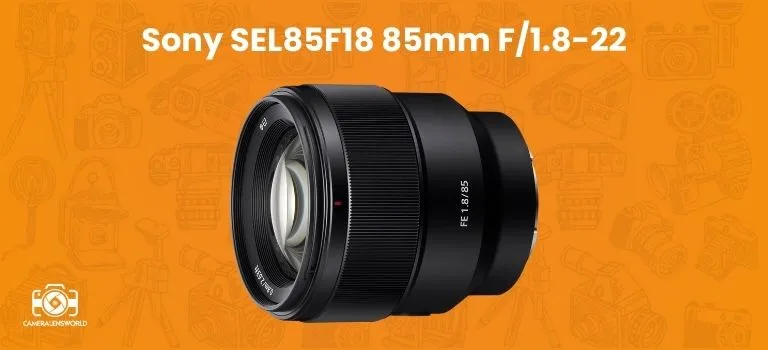

Leave a Reply
You must be logged in to post a comment.